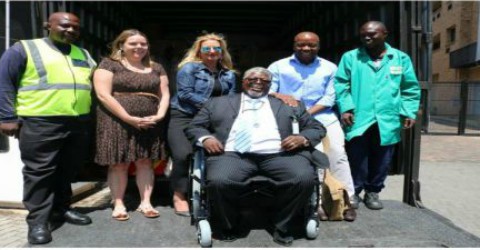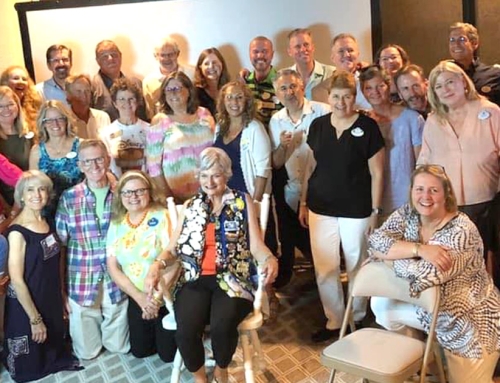 Have you ever tried to walk on crutches when you didn’t need them? It’s hard! What about operating a wheelchair when you didn’t need one? That’s even harder, right? If it’s a manually operated wheelchair, the upper body strength needed is staggering! But both of these things are great eye-openers into the world of those that rely on these supportive devices to navigate their surroundings.
Have you ever tried to walk on crutches when you didn’t need them? It’s hard! What about operating a wheelchair when you didn’t need one? That’s even harder, right? If it’s a manually operated wheelchair, the upper body strength needed is staggering! But both of these things are great eye-openers into the world of those that rely on these supportive devices to navigate their surroundings.
If there’s one thing that’s difficult to teach and teach well, it’s empathy. In general, the people with the greatest sense of empathy tend to be people that have already experienced what someone else is going through.
This is why support groups for people with mental or physical illnesses are so successful. The peer group offers invaluable emotional support and it establishes a strong sense of togetherness, rapport, and the feeling of not being alone.
In healthcare, it’s a bit of a stretch to assume every clinical and non-clinical care team member has been injured or been admitted in an emergency situation or gone through the physical rehabilitation process, for example. So, the next best thing is to get a taste of what it must feel like. Our team does this through an exercise we call, Ticket To Ride.
At one of our client hospitals, which is a rehabilitation facility, we conduct a scavenger hunt on Day Two of their New Employee Orientation.
We split the class up into small groups of about two or three employees and each team is assigned a wheelchair to share. They’re then given a scavenger list of places to go and things to see as if they were actual patients in the rehabilitation facility.
They are encouraged to take photos, interact with employees, use the restrooms (the handicap stall), eat lunch, etc., all while taking turns riding in the wheelchair.
During this exercise, we ask them to record their observations and prepare to share their “patient experience” with their team members at the end of the day.
I can tell you that every time we’ve done this exercise, it’s been an EYE OPENING EXPERIENCE! At one rehab hospital, for instance, they discovered that from the wheelchair they could not reach the drink cups in the cafeteria. At another hospital, participants realized some hallways were cluttered with medical equipment and difficult to navigate. At still another hospital, participants realized they couldn’t see over the registration counter at the imaging center, as the nurse simply talked over his head.
This exercise has proven extremely valuable in fostering empathy and giving employees a truer picture of what patients experience at their facility.






Leave A Comment